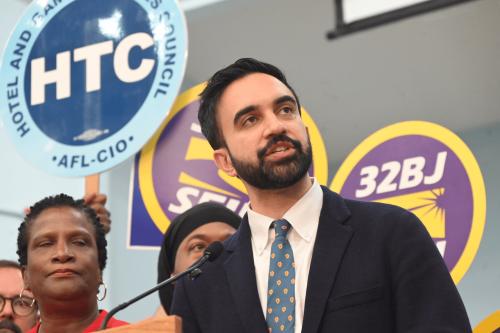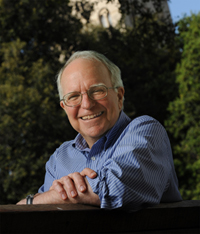The Brookings Institution is committed to quality, independence, and impact.
We are supported by a diverse array of funders. In line with our values and policies, each Brookings publication represents the sole views of its author(s).

Research
BPEA | 1974 No. 3
1974, No. 3
OVER THE PAST several years, a number of economists have developed what is called the “dual labor market” theory. Much of this work has been empirical or descriptive in nature and has been heavily oriented towards the specific policy problem of poverty and unemployment. The popularity of this theory has been fed by claims that it is nonneoclassical if not anti-neoclassical in substance, and that it could solve certain empirical puzzles in the poverty and unemployment data that purportedly could not be explained by the neoclassica literature.